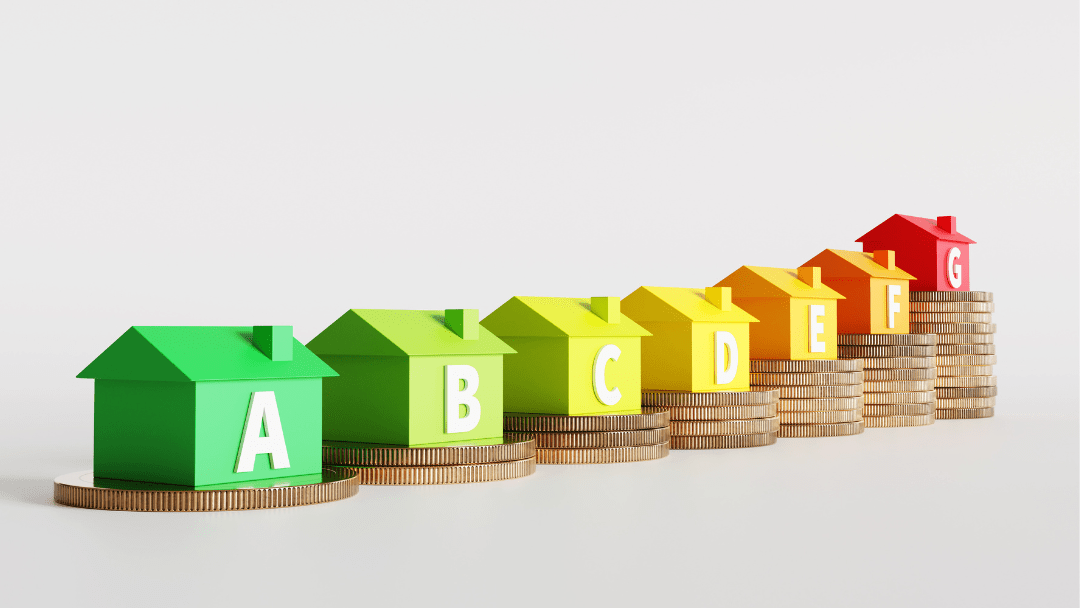When people think about cutting their energy bills, they often jump straight to loft insulation, double glazing or upgrading their boiler. But there’s one part of the home that’s working quietly day and night to keep you comfortable – and it’s often overlooked: your roof. The way your roof is built, maintained and even coloured can have a surprisingly big impact on how much you spend on heating and cooling your home.
Heat Reflection and Absorption
The materials and colour of your roof can influence how much heat your home absorbs or reflects. Dark roofs tend to soak up the sun’s energy, warming the house beneath – which might sound nice in winter, but can make upstairs bedrooms unbearably hot in summer. Lighter or reflective materials, on the other hand, help bounce heat away, keeping your home cooler and reducing the need for fans or air conditioning. In the UK’s mixed climate, choosing the right roofing finish can save money across seasons.
Ventilation: The Unsung Hero
Good roof ventilation isn’t just about preventing damp – it’s also about controlling temperature. Without proper airflow, hot air becomes trapped in the loft, raising the temperature in the rooms below and forcing you to use more energy to cool them down. In winter, poor ventilation can lead to condensation, damaging insulation and making heating less effective. A well-ventilated roof allows your home to ‘breathe’, keeping conditions stable and your bills under control.
Insulation Working Hand in Hand with the Roof
Of course, insulation still matters – but it works best when combined with a roof designed for efficiency. If your tiles are cracked, felt is worn, or flashing is damaged, warm air escapes no matter how thick your insulation is. Think of your roof as the lid on a pot: if it’s not properly sealed, the contents will never stay at the right temperature.
Protecting Your Investment
Energy efficiency isn’t only about reducing monthly bills; it also preserves the value of your home. A roof in poor condition can drag down an EPC rating, put off buyers, and shorten the life of your heating and cooling systems. By maintaining your roof – replacing broken tiles, checking for leaks, and keeping ventilation clear – you’re not just protecting your house from rain, you’re actively saving money long-term.
The Takeaway
Your roof is more than just a shield against the weather. It’s a central player in your home’s energy performance, affecting comfort in every season. By paying attention to heat reflection, ventilation, and maintenance – not just insulation – you can lower your bills and create a home that feels better to live in.

